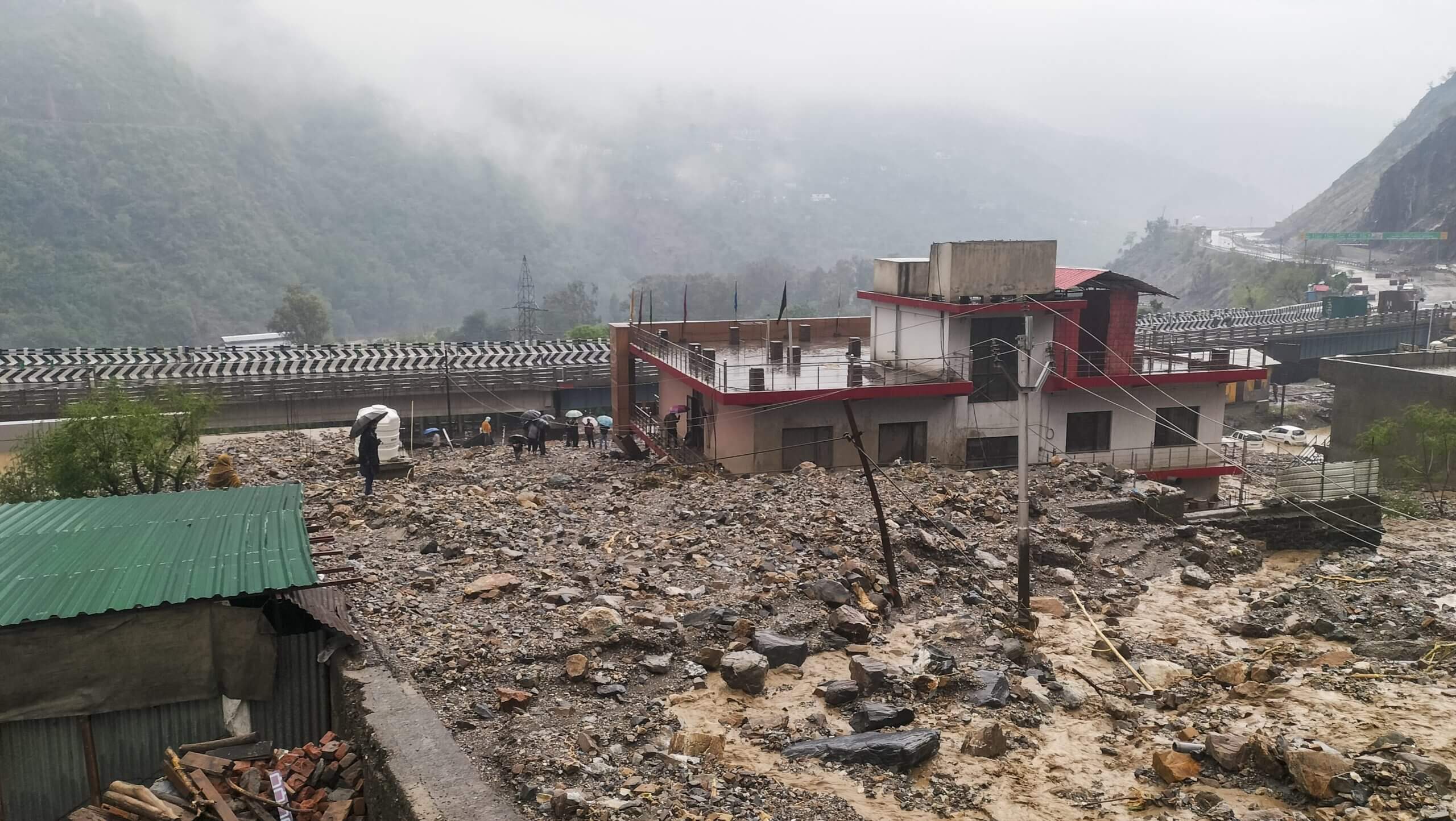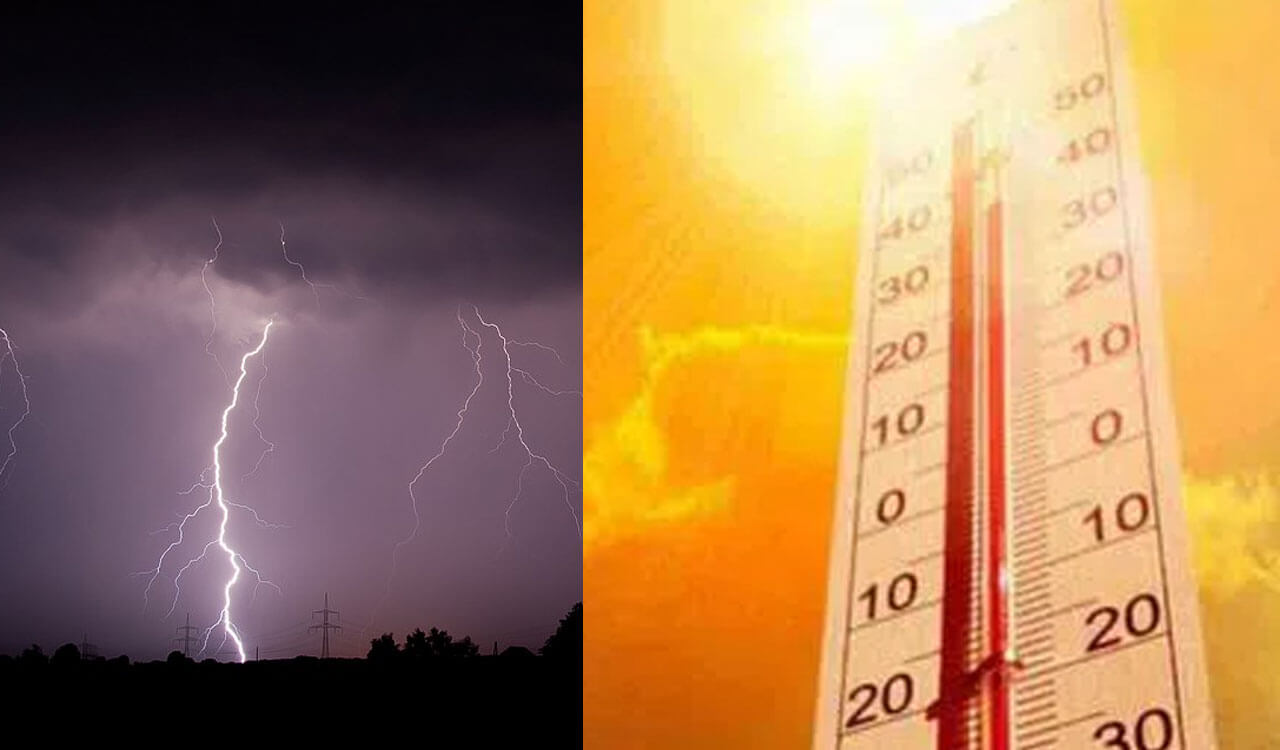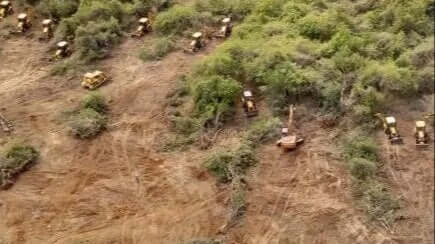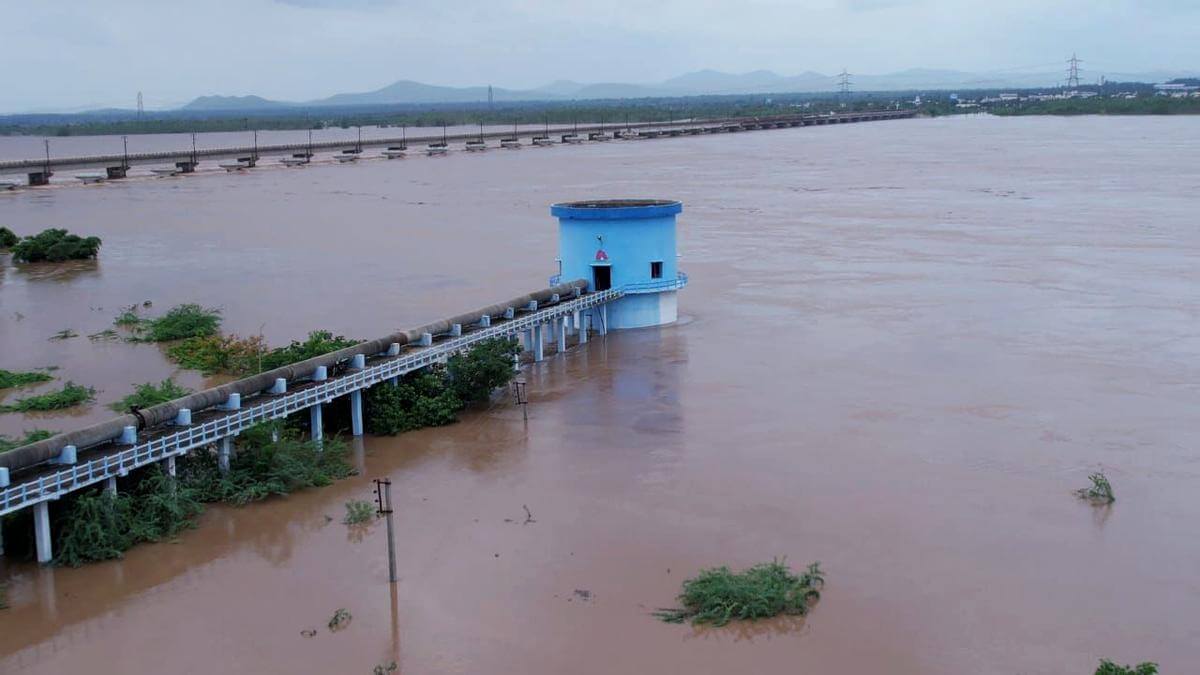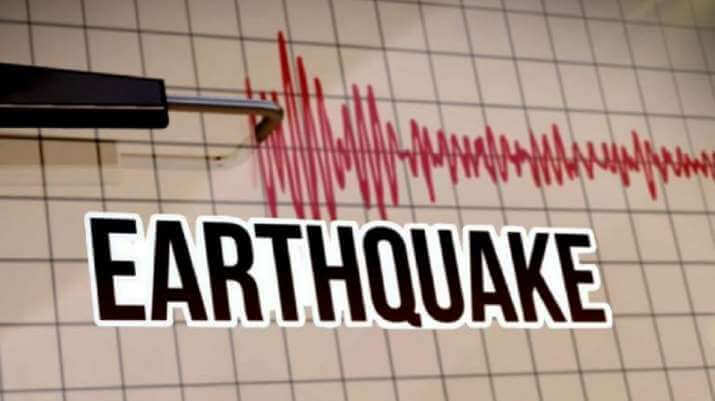Hidden lava tubes on Moon, Mars can serve as human habitats
Tue 26 Sep 2017, 13:59:27
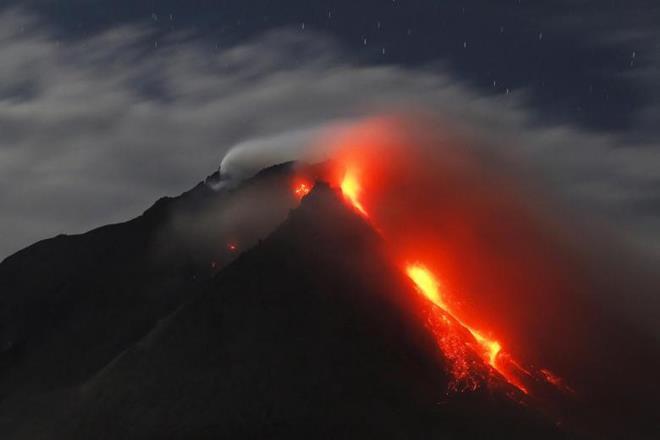
Lava tubes - underground caves created by volcanic activity - could provide protected habitats large enough to house streets or even towns on the Moon and Mars, scientists say.
Lava tubes are found in many volcanic areas on Earth, including Hawaii, Iceland, North Queensland in Australia, Sicily and the Galapagos islands. Underground networks of tubes can reach up to 65 kilometres.
Space missions have also observed chains of collapsed pits and 'skylights' on the Moon and Mars that have been interpreted as evidence of lava tubes.
Researchers from the University of Padova and the University of Bologna in Italy have carried out the first systematic comparison of lava tube candidates on the Earth, Moon and Mars, based on high-resolution Digital Terrain Models (DTM) created using data from spacecraft instrumentation.
"The comparison of terrestrial, lunar and martian examples shows that, as you might expect, gravity has a big effect on the size of lava tubes," said Riccardo Pozzobon, of the University of Padova.
"On Earth, they can be up to thirty metres across. In the lower gravity environment of Mars, we see evidence for lava tubes that are 250 metres in width," Pozzobon said.On the Moon, these tunnels could be a kilometre or
more across and many hundreds of kilometres in length," he said.
more across and many hundreds of kilometres in length," he said.
Lava tubes can form in two ways: 'overcrusted' tubes form when low-viscosity lava flows fairly close to the surface, developing a hard crust that thickens to create a roof above the moving lava stream.
When the eruptions end, the conduit is drained leaving a tunnel a few metres beneath the surface.'Inflated' tubes are complex and deep structures that form when lava is injected into existing fissures between layers of rock or cavities from previous flows.
The lava expands and leaves a huge network of connected galleries as it forces its way to the surface.Recently a NASA mission provided detailed gravity data for the Moon that suggested the presence of enormous subsurface voids related to lava tubes.
The results have important implications for habitability and human exploration of the Moon but also for the search of extraterrestrial life on Mars.
Lava tubes are environments shielded from cosmic radiation and protected from micrometeorites flux, potentially providing safe habitats for future human missions.
They are also potentially large enough for significant human settlements, Pozzobon said.
No Comments For This Post, Be first to write a Comment.
Most viewed from Specials
Most viewed from World
AIMIM News
Latest Urdu News
Most Viewed
May 26, 2020
Do you think Canada-India relations will improve under New PM Mark Carney?
Latest Videos View All
Like Us
Home
About Us
Advertise With Us
All Polls
Epaper Archives
Privacy Policy
Contact Us
Download Etemaad App
© 2025 Etemaad Daily News, All Rights Reserved.













